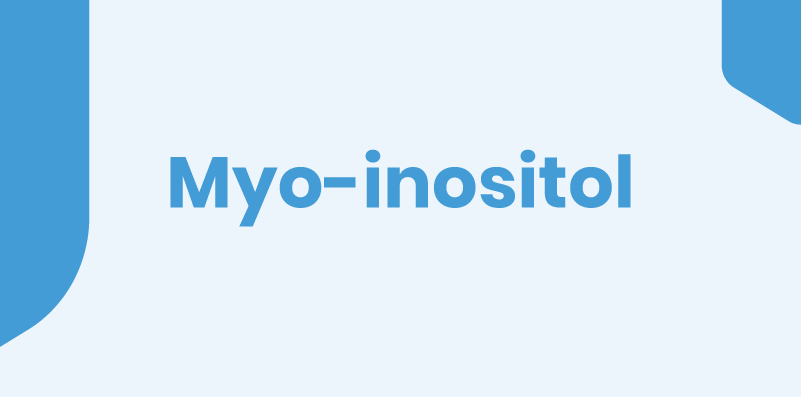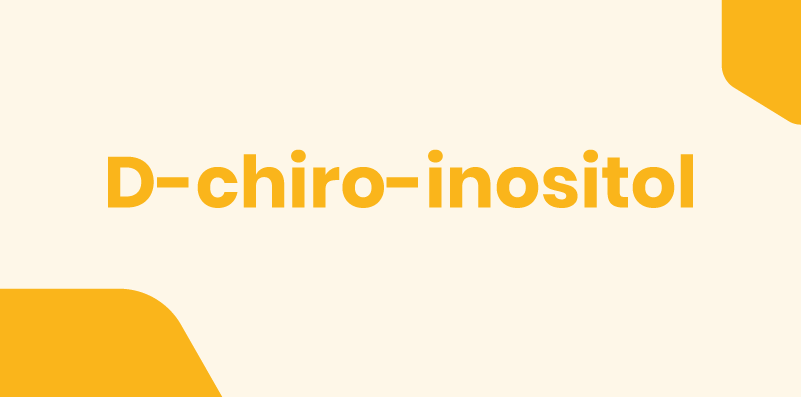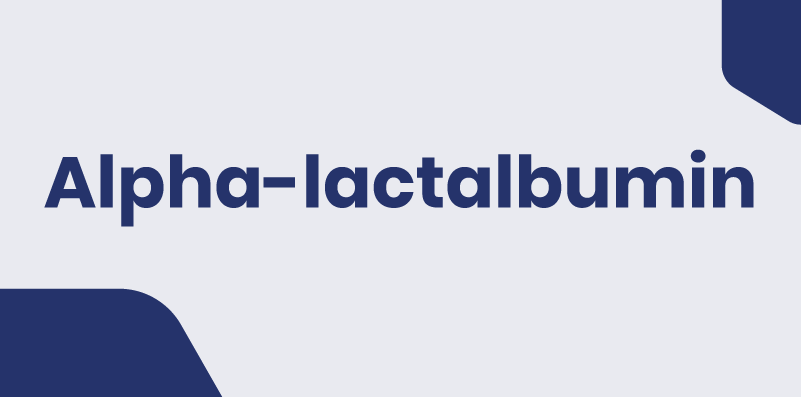Introduction
Acne, once considered as a purely aesthetic problem, is now recognized as a real dermatological disease which, depending on the severity, can cause more serious ailments, as well as having an important psychological and emotional impact for those suffering from it. Although it is a widespread condition, especially in the adolescent phase, acne can also occur in old age. Women are the ones most affected by late acne precisely because of hormonal imbalances and, in particular, the excess of testosterone, the most powerful of the natural male hormones (androgens).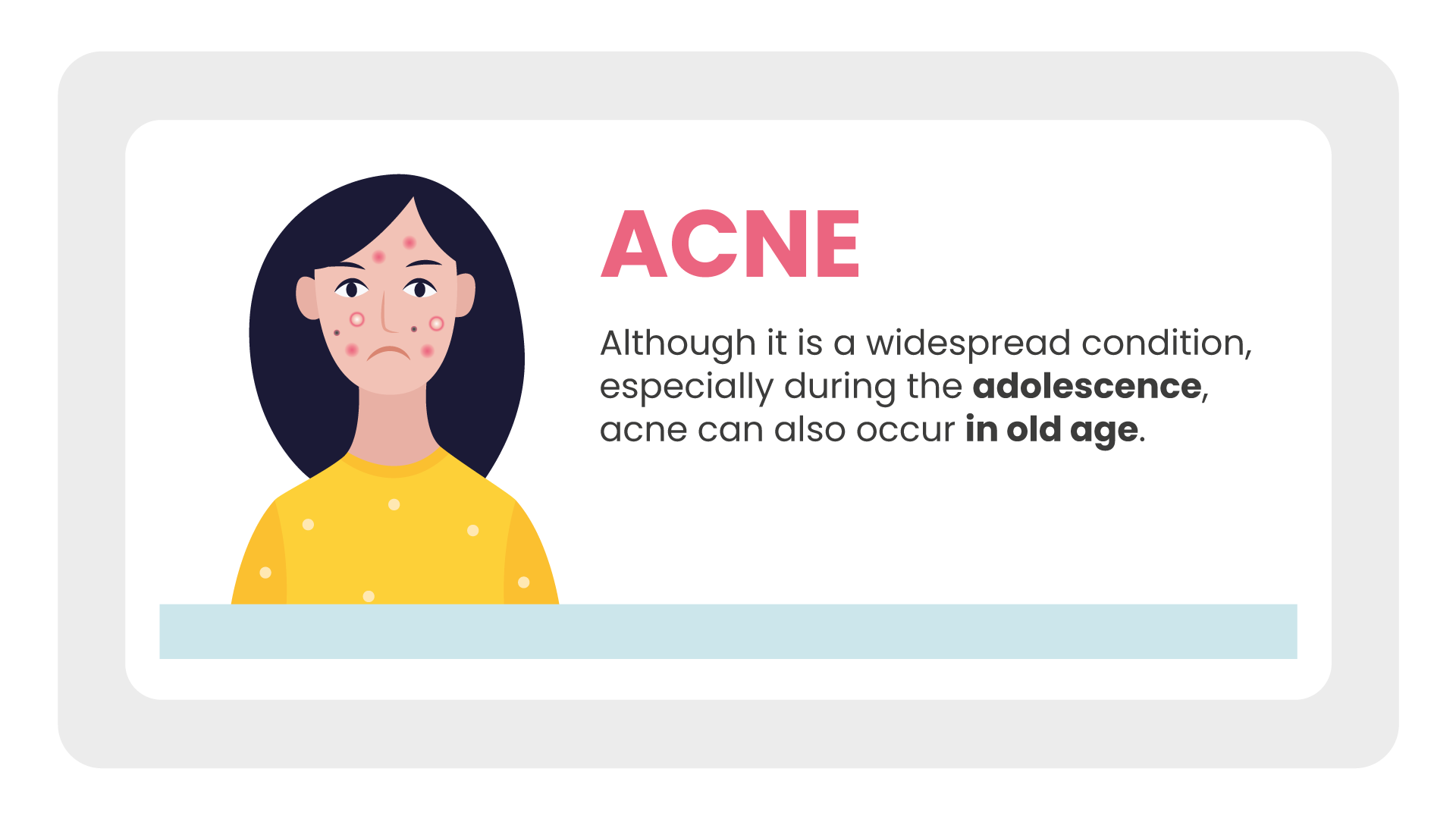
What is acne?
Acne is a real inflammation that occurs when the hair follicles are blocked by an excess of sebum, an oily substance produced by the sebaceous glands. This excess may be due to a more intense hormonal stimulation. It is then that acne manifests itself with the presence of whiteheads, blackheads and pimples on areas of the body sensitive to hormonal imbalances: face (mainly chin and forehead), but also back and shoulders. Acne usually appears during adolescence, but it can affect people of all ages. Depending on its severity, acne can cause emotional distress or deep scarring on the skin.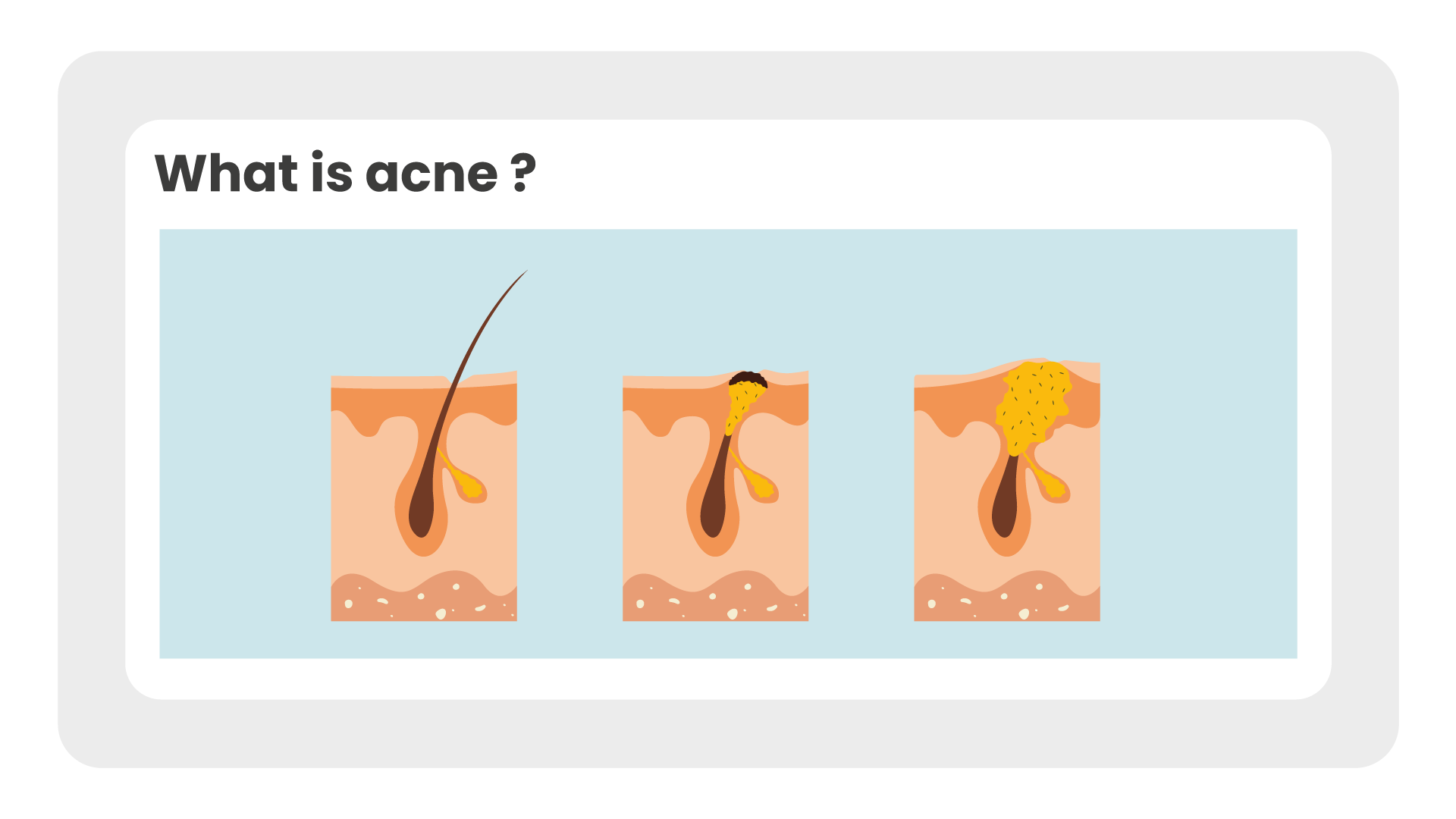
Acne symptoms
Acne signs and symptoms can vary depending on the severity of the condition, presenting:- Whiteheads: closed plugged pores
- Blackheads: open plugged pores
- Red bumps (papules)
- Pimples (pustules)
- Solid and painful lumps beneath the surface of the skin
- Painful pus-filled lumps (cystic lesions)
Types of acne
Depending on the prevalence of the lesions, we can distinguish between different types of acne. Among the most common types there are:- the mild or comedonal one that generally affects the T-zone of the face (forehead, nose and chin), characterized by the presence of black, white and sporadic papules.
- Papulo-pustular acne is a moderate or severe form of acne. The skin appears red and inflamed. This is also the most frequent form of acne.
- Acne conglobata is the most severe form of acne with nodular-cystic lesions. This type of acne can manifest itself during puberty, but persist over the years.
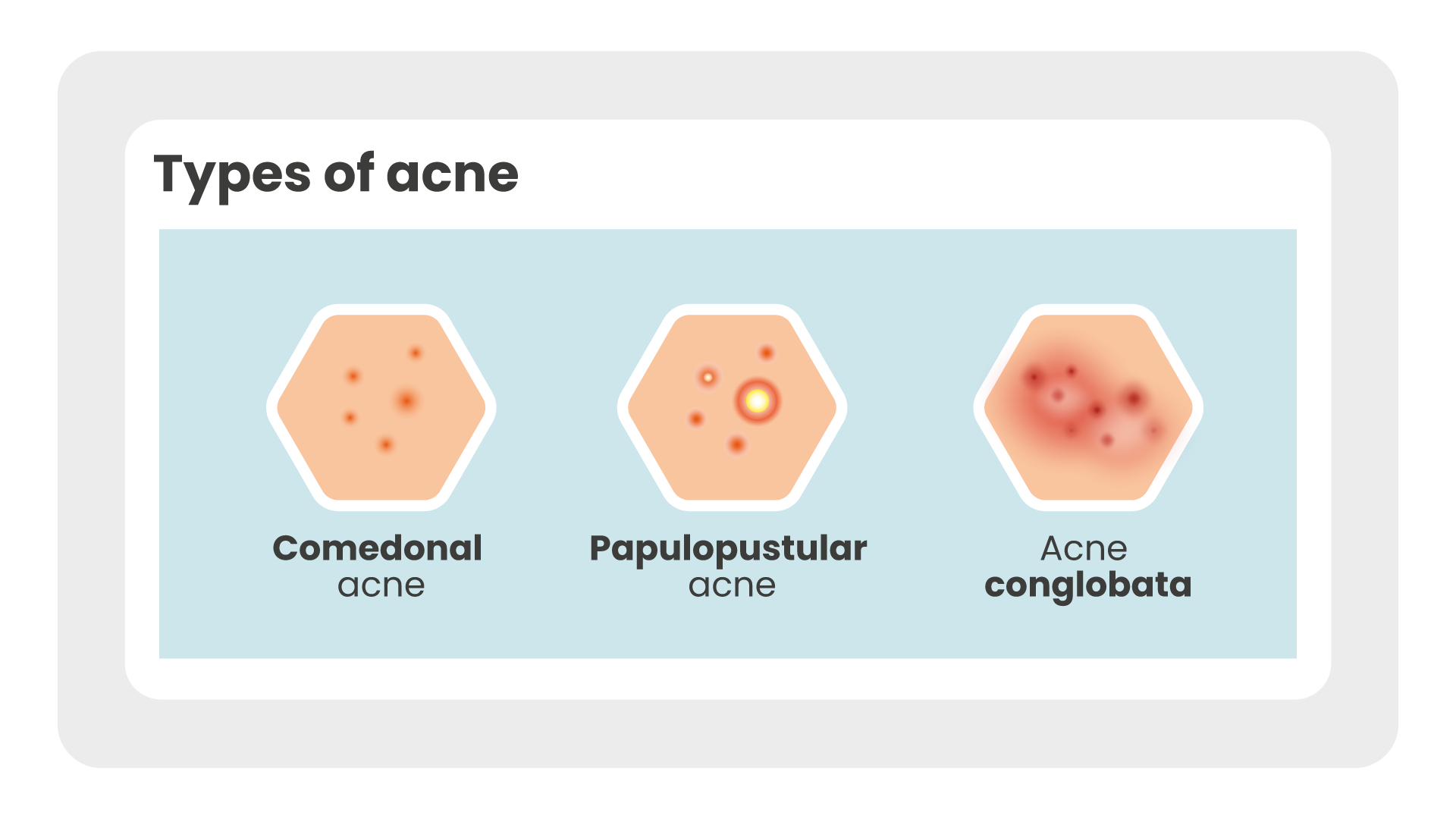
Acne: causes at a young age
Usually acne occurs during adolescence, between 12 and 18 years, when hormonal changes typical of this phase of life occur. In this case, we talk about juvenile acne. Indeed, it is precisely the hormones that regulate the sebaceous glands functioning. Androgens, especially when in excess, stimulate the overproduction of sebum (known as seborrhea). In most cases, acne tends to improve or otherwise disappear after puberty. However, over 40% of adults, and especially women, continue to suffer from acne even after adolescence.Acne in adulthood
Many women aged between 20 and 40 suffer from late female acne. An estimated 15% of women experience acne after 25 years of age, compared with 4% of adult males [1]. This is because, unlike men, women are more prone to hormonal changes: just think about the menstrual cycle, but also the pregnancy and the menopause. Among the causes of acne, in addition to hormonal imbalances, bad habits and environmental factors can occur, such as stress, pollution, smoking, but also a constitutional predisposition. However, hormonal imbalances are precisely the main cause of female acne. Among these, PCOS or polycystic ovary syndrome is a hormonal and endocrine disorder that has acne among its most evident manifestations.Acne in the PCOS woman
Polycystic ovary syndrome or PCOS in its English acronym is the most common endocrine disorder in women of reproductive age. The syndrome is generally characterized by hyperandrogenism (excess of male hormones), anovulation and multifollicular ovary. As previously said, women with PCOS often present hyperandrogenism dermatological manifestations, including acne [2].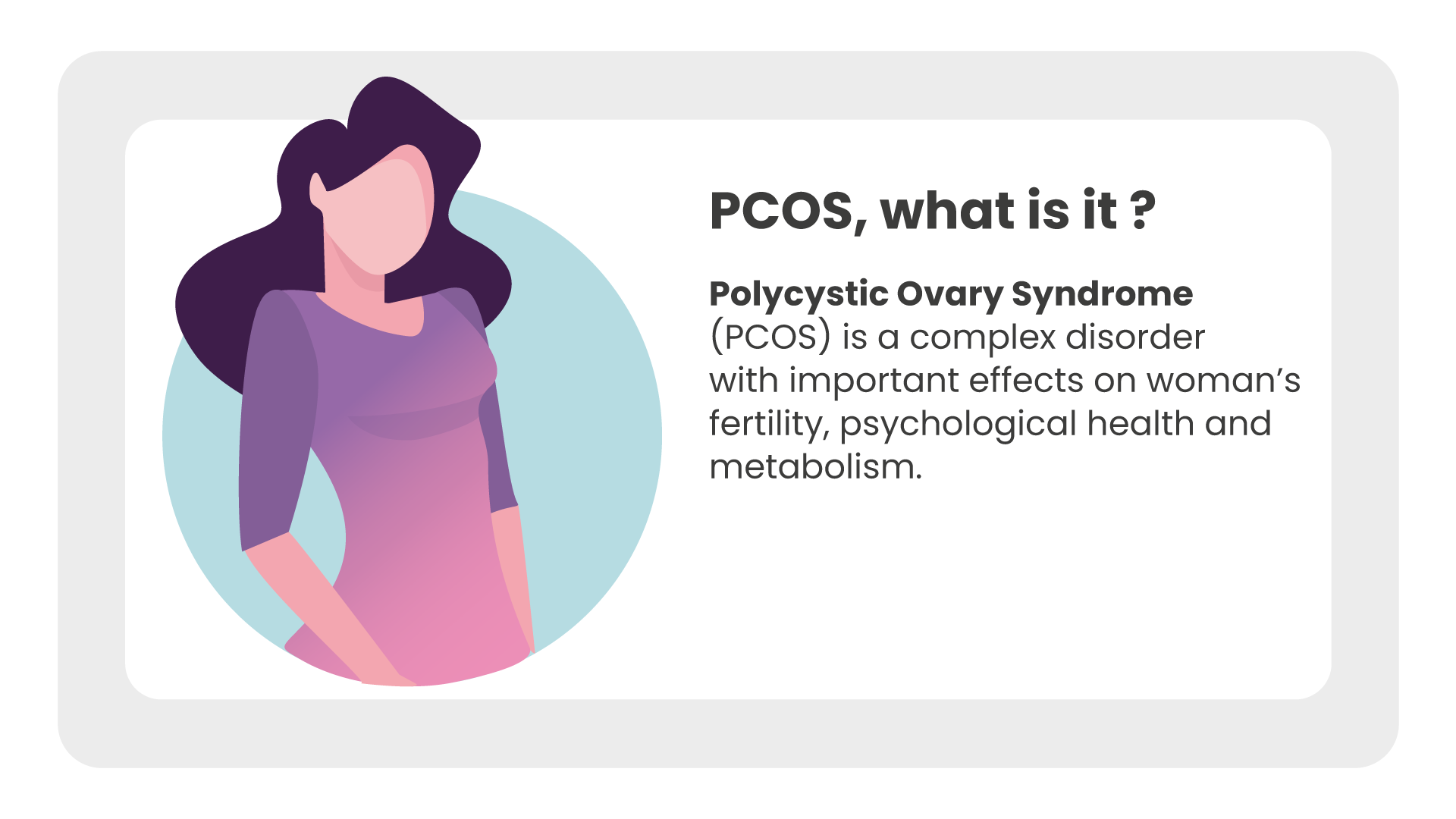
The action of myo-inositol on hormonal balance
There is now a vast scientific literature supporting the fact that myo-inositol, a substance naturally present in our body, plays a key role in the hormonal balance of our body, as a modulator of the signaling of indispensable hormones, such as insulin, FSH and even TSH. At the same time, studies on this molecule have shown how it can improve testosterone levels in the blood. In the presence of hyperandrogenism, we know that there is an increase in testosterone: this stimulates the sebaceous glands, which produce more sebum and therefore acne.Myo-inositol the benefits for acne
Several scientific studies have investigated the role of inositol in the treatment of acne in women with PCOS. In particular, an Italian trial enrolled 50 female patients and divided them into 2 groups [3]:- group A, oral administration of 2 grams of myo-inositol, twice a day for 6 months.
- Group B as placebo group (200 micrograms of placebo, twice a day for 6 months).
Conclusions
In conclusion, study’s results suggest that inositol represents an effective therapy in the treatment of women with acne. Inositol also plays a specific key role in reducing serum testosterone levels and in controlling both fats and sugars metabolism. Given these premises, inositol is useful in preventing and correcting the pathophysiological mechanisms underlying the acne-inducing metabolic alterations.Sources
[1] AIDECO, Associazione italiana dermatologia e cosmetologia
https://www.aideco.org/acne-facciamo-il-punto
[2] Skin Therapy Lett. 2010, Polycystic ovary syndrome and acne. Chuan SS1, Chang RJ]
[3] Pezza M, Carlomagno V (2017) Inositol in women suffering from acne and PCOS: a randomized study. Glob Dermatol 4: doi: 10.15761/GOD.1000203
https://www.oatext.com/Inositol-in-women-suffering-from-acne-and-PCOS-a-randomized-study.php#jumpmenu8

